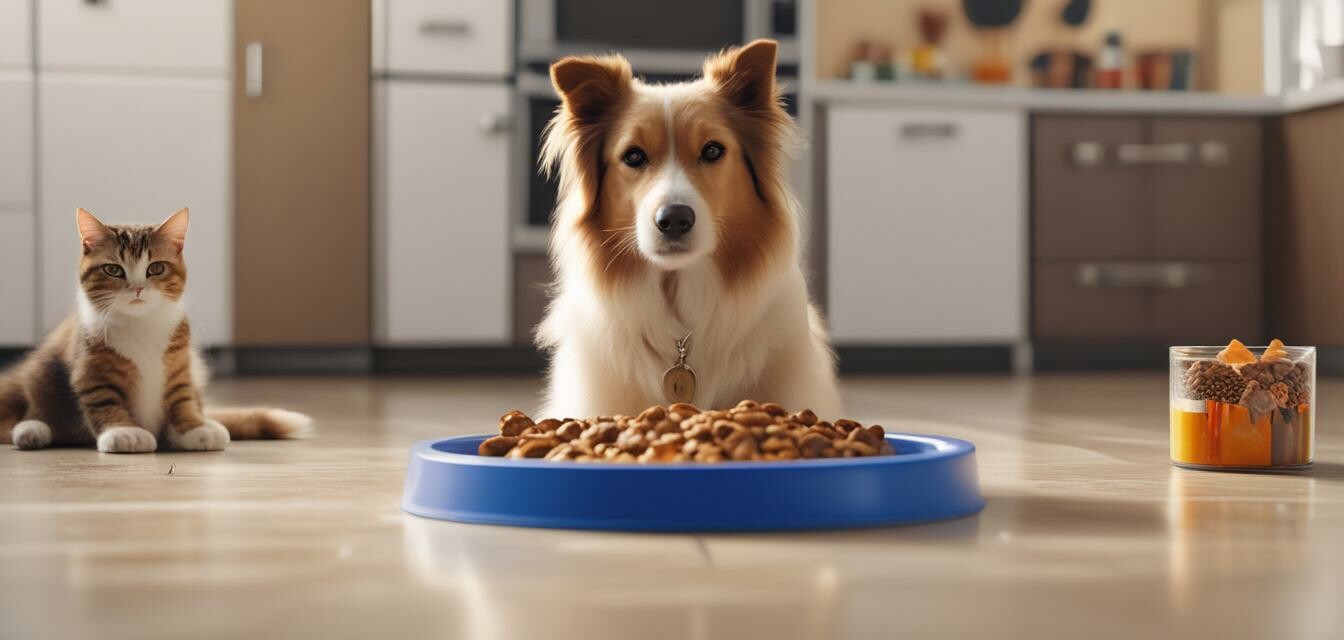
Best Practices for Feeding Your Pet
- Understand the nutritional needs of your pet based on age and size.
- Establish a consistent feeding schedule.
- Use measured portions to avoid overfeeding.
- Provide fresh water at all times.
- Choose high-quality pet food that suits your pet's requirements.
Feeding your pet is not just about filling their bowl with food; it's a fundamental aspect of their health and well-being. Whether you're a new pet owner or looking to optimize your feeding routine, this comprehensive guide will cover the best practices for feeding your furry friends, including portion control, timings, and product recommendations.
Understanding Your Pet's Nutritional Needs
The first step in effective feeding is understanding the nutritional needs of your pet. Just like humans, pets have distinct dietary requirements based on their age, breed, activity level, and overall health.
- Puppies and kittens: Require more calories and nutrients than adults.
- Adult pets: Need a balanced diet to maintain weight and energy levels.
- Senior pets: May require specialized diets tailored for their specific health issues.
Common Pet Food Types
| Type | Description |
|---|---|
| Dry food (kibble) | Convenient and cost-effective option that helps in maintaining dental health. |
| Wet food | Highly palatable and provides more moisture, ideal for hydration. |
| Raw food | Offers a natural diet approach but requires careful handling and preparation. |
| Homemade meals | Gives full control over ingredients but needs careful planning to ensure balance. |
Establishing a Feeding Routine
Consistency is key when it comes to feeding. Pets thrive on routines, and setting a schedule can lead to better digestion and a healthier relationship with food.
Feeding Schedule Recommendations
- Young puppies and kittens: 3-4 times a day.
- Adult dogs: 1-2 times a day.
- Adult cats: 1-2 times a day.
- Senior pets: Consult with your veterinarian for recommendations.
Measuring Portions and Avoiding Overfeeding
Portion control is essential in maintaining your pet's healthy weight.
How to Determine the Right Portion Size
- Refer to the feeding guidelines on the pet food packaging.
- Consider your pet's age, weight, and activity level.
- Measure food with a standard cup or scale for accuracy.
- Consult your veterinarian for personalized advice.
Pros
- Improved overall health and energy levels.
- Stable weight management.
- Better digestion and fewer health issues.
Cons
- Requires time and commitment to maintain a feeding routine.
- Potential for increased costs with high-quality food options.
Product Recommendations
Here are some recommended products to ensure your pet is well-fed and happy:
Milk-Bone Soft & Chewy Dog Treats
Soft and chewy dog treats made with real chuck roast, fortified with 12 vitamins and minerals for dogs of all sizes.
Learn MoreVeken 95oz Pet Fountain
Automatic water fountain with a multi-pet-friendly design and advanced filtration system to ensure your pets drink more water.
Learn MoreProviding Fresh Water
It's crucial to provide fresh and clean water at all times. An automatic pet fountain can encourage your pets to drink more frequently and keep them hydrated.
Conclusion
Feeding your pet properly is integral to their overall health and happiness. By understanding their nutritional needs, establishing a consistent feeding schedule, and making informed product choices, you are setting your pet up for a healthy life.
Further Reading
If you're interested in exploring more about pet care, check out our resources:


